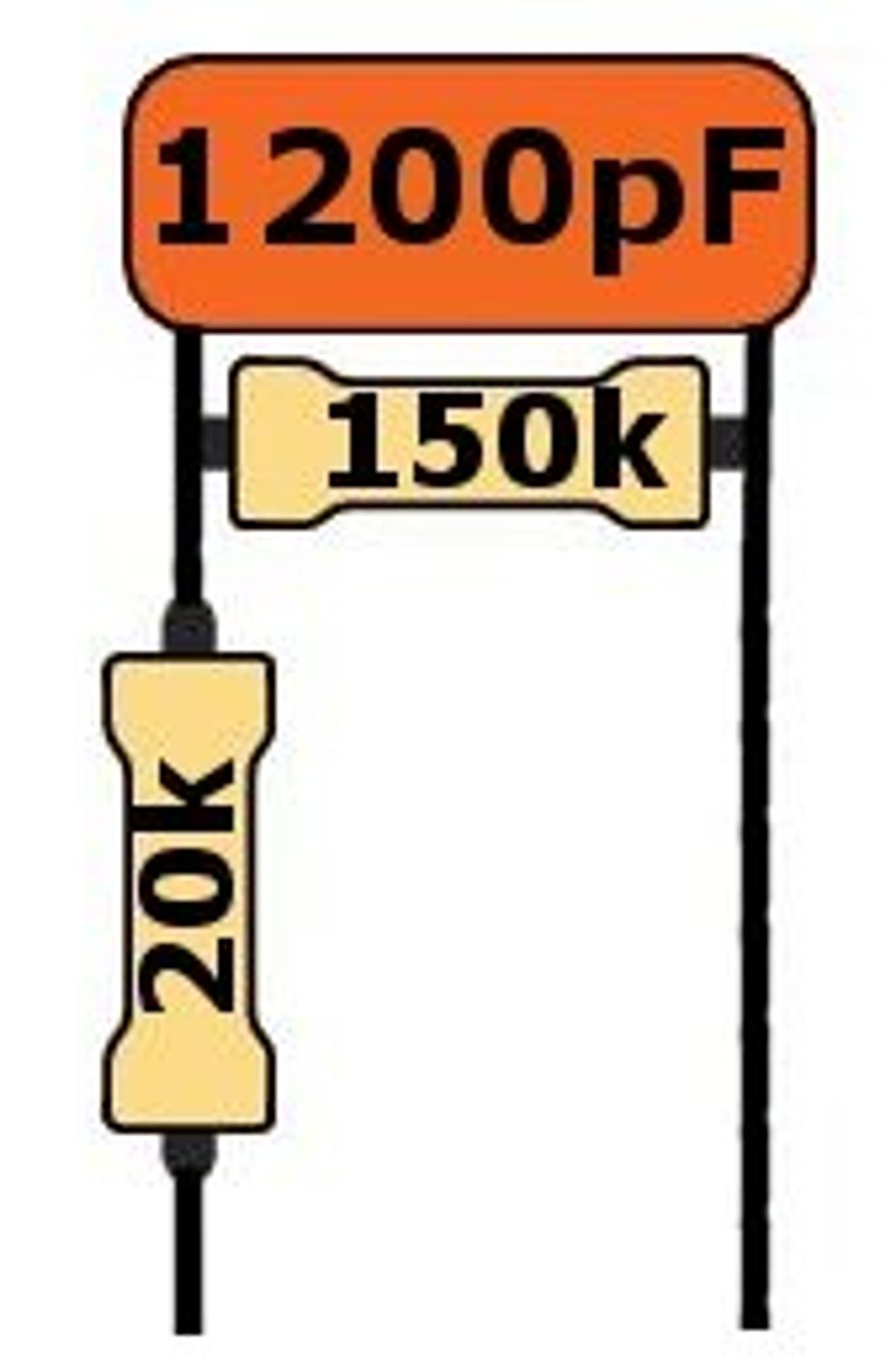Hello and welcome back to Mod Garage. Since we’re still celebrating the 70th birthday of the Stratocaster, this month we will have a look under the hood of the Fender Cory Wong model to see just what’s so special about it. (I can tell you—it’s special!)
Guitarist, songwriter, and producer Cory Wong is renowned for his solo work, his band Fearless Flyers (with Mark Lettieri, Joe Dart, and Nate Smith), and collaborations with artists such as Vulfpeck, Jon Batiste, and Dave Koz. His playing style is deeply rooted in funk rhythm guitar, with a heavy dose of rock and jazz. Well-known for playing a Stratocaster, his signature model was released in 2021, and it’s a unique offering. If you want to build your personal Cory Wong Strat, here is your shopping list, starting with the primary structure:
• Alder body, scaled down to slightly smaller than a regular Stratocaster, with Fender American Ultra body contours
• Maple neck with a rosewood fretboard with rolled edges, modern Fender American Ultra D neck profile, slightly larger headstock, 25.5" scale, 10" to 14" compound radius, 22 medium jumbo frets
• Locking tuners with all short posts, a bone nut, and two roller string trees
• Vintage-style 6-screw synchronized tremolo
• Hair tie around the tremolo springs (which mutes them to enhance the rhythm tone)
• .010–.046 strings (nickel-plated steel)
“While these are all interesting features, resulting in a very comfortable guitar, you don’t need to copy every detail to transform one of your Stratocasters into a Cory Wong-style Strat.”
For the physical build, as you can see, Wong and Fender created a real signature instrument to his specs and wishes. While these are all interesting features, resulting in a very comfortable guitar, you don’t need to copy every detail to transform one of your Stratocasters into a Cory Wong-style Strat. My personal favorite of these is the hair tie for muting the tremolo springs. A lot of my funk-playing customers are doing similar things on their Strats to get a dry sound, and they’re using all kinds of funny things in there, like foam, rubber bands, and pieces of cotton, as well as hair ties.
Now, let’s have a look at the electronics:
• Seymour Duncan Cory Wong Clean Machine SSS pickup set
• Standard 5-way pickup-selector switch with classic Strat switching matrix
• 250k master volume pot with a 90/10 audio taper and Fender treble-bleed circuit PCB
• 250k tone pot with a 90/10 audio taper and Fender Greasebucket tone control PCB for only the neck pickup
• 250k audio push-push tone pot with Fender Greasebucket tone control PCB for only the bridge pickup; the push-push switch overrides the 5-way switch and defaults to middle + neck pickup (in parallel) as a preset
• Middle pickup is without tone control
Let’s break this down piece-by-piece to decode it:
Pickups
The pickup set is a custom SSS set from the Seymour Duncan company with the following specs:
• Overwound hum-canceling stacked bridge pickup with a 3-conductor wire and shield in permanent hum-canceling mode (red wire taped off), bevelled alnico 5 magnets, approximately 14.5k-ohm DCR
• Overwound middle single-coil, RWRP, beveled alnico 4 magnets, approximately 7.1k-ohm DCR
• Overwound neck single-coil, bevelled alnico 4 magnets, approx. 7.0k-ohm DCR
The pickups are voiced for clear highs, which perfectly suits Wong’s funky playing style and tone. While a lot of pickup companies will have pickups in that ballpark, it will be difficult to put together a full set that really works as intended. The Duncans in the Cory Wong Strat are available as a balanced set, so if you want to get as close as possible, I think this is your best bet.
5-Way Pickup Selector Switch
Nothing special here, just the standard 5-way switch with two switching stages that is wired like a classic Stratocaster:
bridge
bridge + middle in parallel
middle
middle + neck in parallel
neck
The upper tone pot is assigned to the neck pickup, while the lower tone pot is connected to the bridge pickup, leaving the middle pickup without tone control.
Master volume pot and treble-bleed circuit.
The 250k master volume pot is a standard CTS pot with a 90/10 audio taper found in all U.S.-made Fender guitars. The volume pot has the treble-bleed circuit from the Fender American Pro series, but uses a ready-to-solder PCB from Fender instead of individual electronic parts. The PCB is available from Fender individually (part #7711092000), but I have some thoughts about it. While using a PCB makes a lot of sense for mass production, it has some downsides for us mortal human beings:
• Soldering on PCBs requires some training and also special soldering tools.
• The PCB is quite expensive, while the individual electronic parts are only a few cents.
• The PCB uses ultra-tiny surface-mount parts, so it’s very difficult to repair or mod it to your personal taste.
I don’t think we need a PCB for adding a treble-bleed circuit, so let’s do this project using conventional electronic parts. The treble-bleed PCB contains a 1200 pF capacitor with a 150k-ohm resistor in parallel, plus another 20k-ohm resistor in series. Using individual parts, it looks like this:

Courtesy of single-coil.com
In general, a treble-bleed circuit will help you to combat the “volume vs. tone problem” when using passive single-coil pickups. When you turn down the volume (even just a bit), the high end or treble loss is not proportionate. In other words, a small cut in volume creates a far greater loss in your guitar’s treble response. Using a treble-bleed circuit is an easy way to get rid of this problem, as long as it is calculated carefully.
ONLINE ONLY: If you want to find out more about treble bleed circuits please have a look here: https://www.premierguitar.com/diy/mod-garage/treble-bleed-mod
Next month, we will continue with part two of the Cory Wong Stratocaster wiring, bringing it all together, so stay tuned!
Until then ... keep on modding!






































